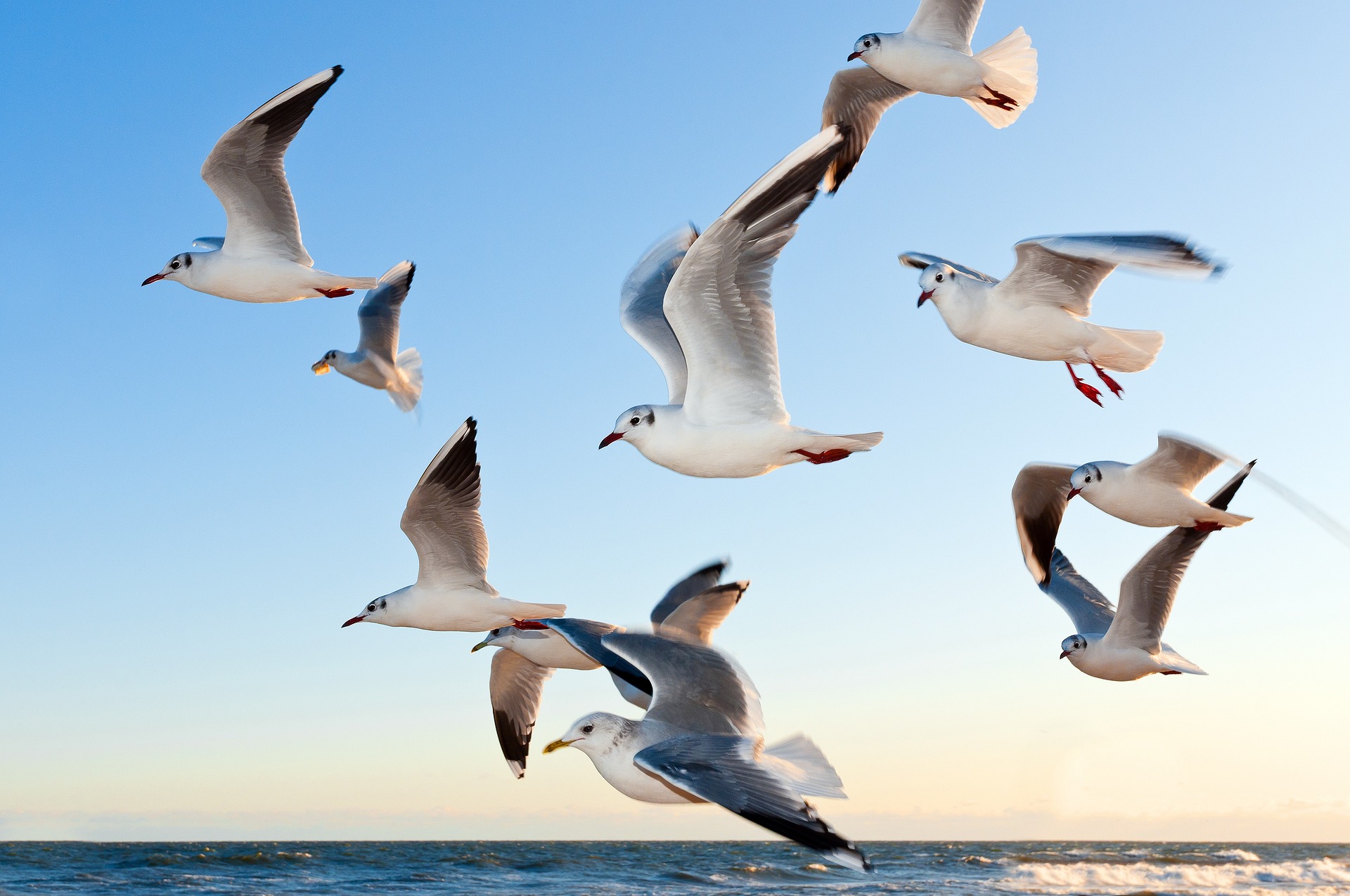Introduction
Birds! They are everywhere, fluttering around us, making melodies at dawn, and giving our lives a pop of color. In any case, what sum would we say we know about? From the tiny hummingbird to the majestic eagle, the world of birds is incredibly diverse and endlessly fascinating. We will carefully describe the situation in this article about birds — explicit species, types, how birds fly, what birds eat, and probably the most widely recognized birds you could find in your area. Are you ready to spread your wings and enter the world of birds? We ought to go!
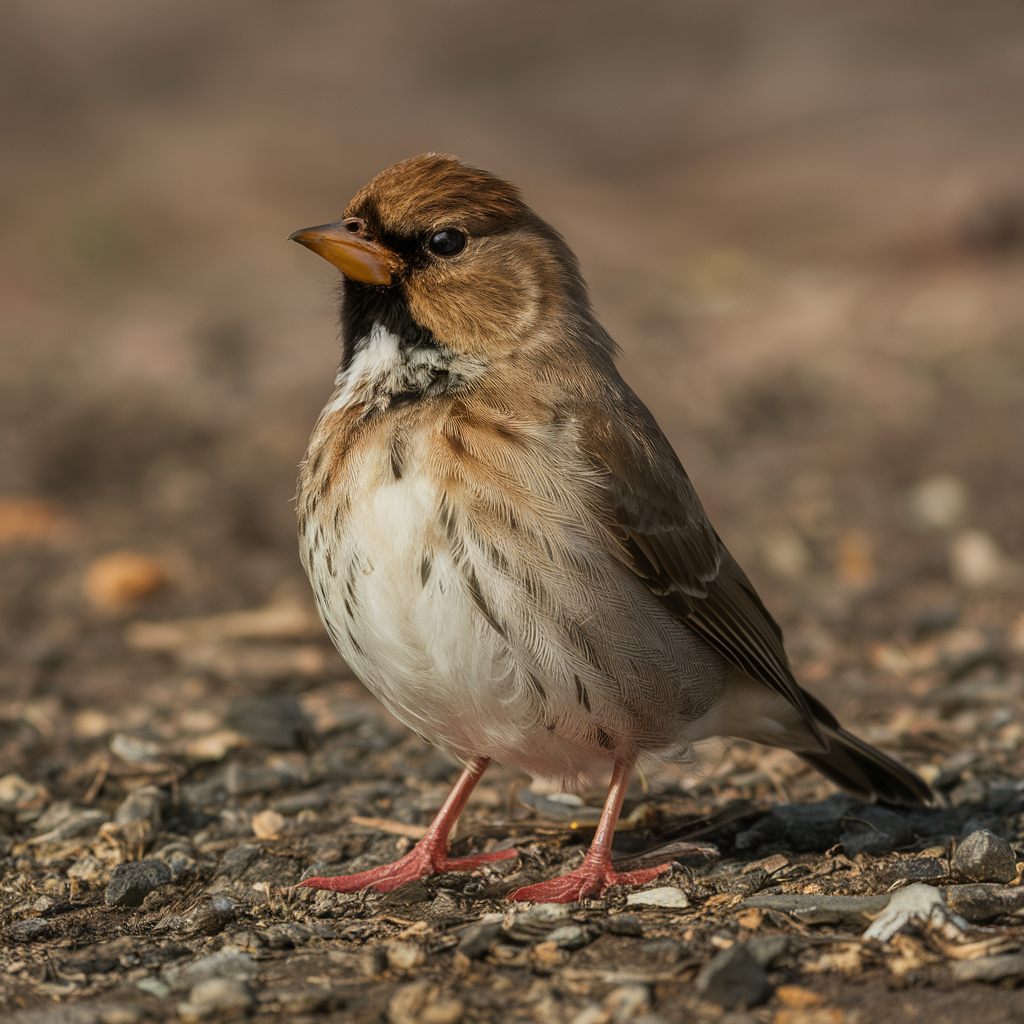
What Makes a Bird a Bird?
Feathers, beaks, and a high metabolic rate define birds, which are warm-blooded vertebrates. Dissimilar to different animals, their bodies are particularly adjusted for flight, albeit not all birds fly. Their bones are light and frequently empty, helping their capacity to take off through the skies.
Feathers and Beaks
Perhaps the most distinctive characteristic of birds is their feathers. They give protection, help in flight, and frequently assume a part in mating shows. Noses, in the meantime, come in all shapes and sizes, each adjusted to a bird’s eating regimen and way of life. There is a beak for every situation, from the slender, probing beak of a hummingbird to the powerful, hooked beak of an eagle.
Avian Anatomy
Birds have a few transformations that make flight conceivable. Their lightweight bones are one such variation. In addition, they have a distinctive respiratory system that ensures efficient oxygen exchange, which is essential for maintaining flight-related energy.
Types of Birds
Each species of bird is unique and has adapted to its environment and way of life. Here are a few general classifications to assist you with figuring out the different universes of birds:
Songbirds
The largest group of birds are passerines or songbirds. They are well-known for their ability to sing, which they use to find partners and protect their territories. Normal models incorporate robins, sparrows, and finches.
Birds of Prey
These are the hunters of the avian world. Flying predators, similar to falcons, birds of prey, and owls, have sharp claws and snouts intended for getting and eating different creatures. They are known for their sharp vision.
Waterfowl
This species includes Ducks, Geese, and Swans. With webbed feet that allow them to swim and waterproof plumes that keep them dry, waterfowl have adapted to life in and around water.
Flightless Birds
Not all birds take to the skies. Such as ostriches, emus, and penguins, have developed to flourish on land or in water. Their failure to fly is repaid by different transformations like strong legs or magnificent swimming abilities.
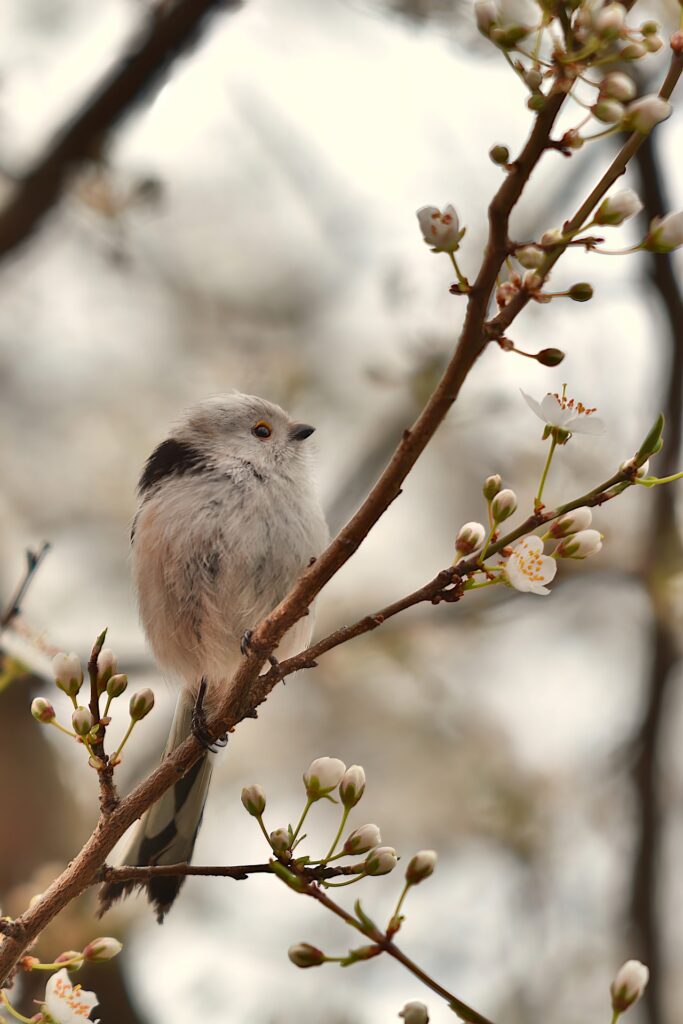
Wading Birds
These birds, such as storks, herons, and flamingos, frequently inhabit wetlands. They can navigate the water in search of food thanks to their long necks and legs.
How Birds Fly
The mechanics of bird flight are a wonder of nature. Let’s examine the mechanism by which these creatures can soar through the air with such grace and agility.
The Anatomy of Flight
Birds’ wings are flawlessly adapted to flight. The shape of a bird’s wing, or airfoil, makes lift and thrust possible. At the point when a bird folds its wings, it raises itself out of sight by making a locale of lower strain over the wing and higher tension underneath.
Types of Flight
Birds utilize different types of flight depending on their size and environment. Here are a few:
- Flapping Flight: Most common among small to medium-sized birds, flapping flight involves continuous wing beats to stay aloft.
- Gliding: Larger birds, like eagles and vultures, often glide to conserve energy. They use thermal currents to stay airborne with minimal effort.
- Hovering: Hummingbirds are famous for this type of flight. They can beat their wings incredibly fast to hover in place while feeding on nectar.
Energy Efficiency
To meet the energy needs of flight, birds have a fast metabolism. They have a unique respiratory system that ensures a constant supply of oxygen and eat a lot to keep their energy levels high.
What Birds Eat
Birds’ weight control plans are pretty much as different as their species. Their feeding habits are fascinating and frequently entwined with their physical adaptations and habitats.
Insectivores
Swallows and warblers, among others, primarily consume insects. These birds frequently have slender beaks that are ideal for catching insects in the air or on the ground.
Granivores
Birds like sparrows and finches feed for the most part on seeds. They typically have long, conical beaks that are excellent for breaking open grains and seeds.
Carnivores
Hawks, eagles, and owls are predatory birds that kill and eat other animals. Their sharp claws and noses are ideal for getting and consuming prey.
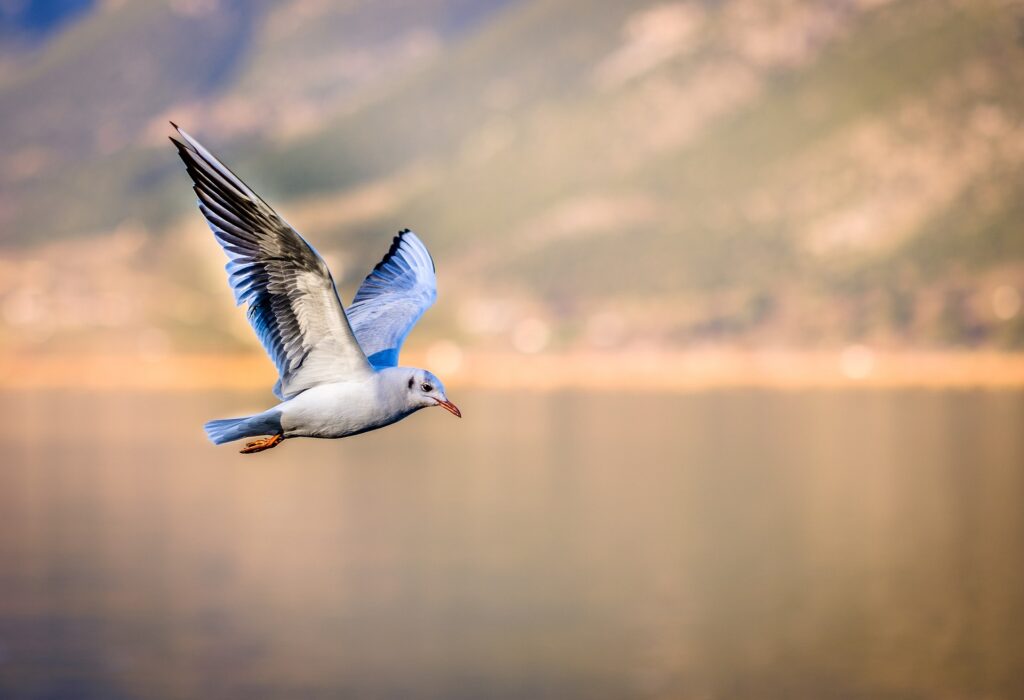
Herbivores
Ducks and geese are two examples of birds that primarily eat plant matter. They have flat beaks made for grazing on aquatic plants and grasses.
Omnivores
The varied diet of many birds includes both plant and animal matter. Omnivorous birds like crows and gulls are great examples.
Common Birds around us
There are a lot of common birds that you might see every day, even though the world is home to some truly exotic birds. A few of these familiar feathered friends are as follows:
The House Sparrow
The house sparrow, one of the most common birds, can be found in both urban and rural areas all over the world. These little, earthy-colored birds are known for their flexibility and amiability.
The American Robin
Often seen jumping around lawns, the American robin is effectively unmistakable by its red bosom. In the spring, these birds are frequently seen in North America.
The Blue Jay
With their striking blue plumage and uproarious calls, blue jays are glaringly obvious. They are known for their knowledge and complex social ways of behaving.
The Mallard Duck
A recognizable sight in ponds and lakes, the mallard duck is known for its luminous green head (in guys) and particular quack. They frequently inhabit urban parks and are highly adaptable.
The European Starling
European starlings, which showed up in North America in the 19th century, are presently boundless across the mainland. These birds are effectively recognized by their spotted, lustrous dark quills.
Conclusion
Birds are exceptional animals that give a brief look into the normal world’s miracles. We are constantly amazed by the intricate flight mechanics, varied diets, and the simply vibrant presence of birds in our backyards. Our appreciation for these avian marvels is enhanced by our knowledge of birds, bird species, types of birds, how birds fly, what birds eat, and common birds. So next time you spot a bird, pause for a minute to wonder about its magnificence and intricacy — there’s something else to learn and value in the realm of birds!
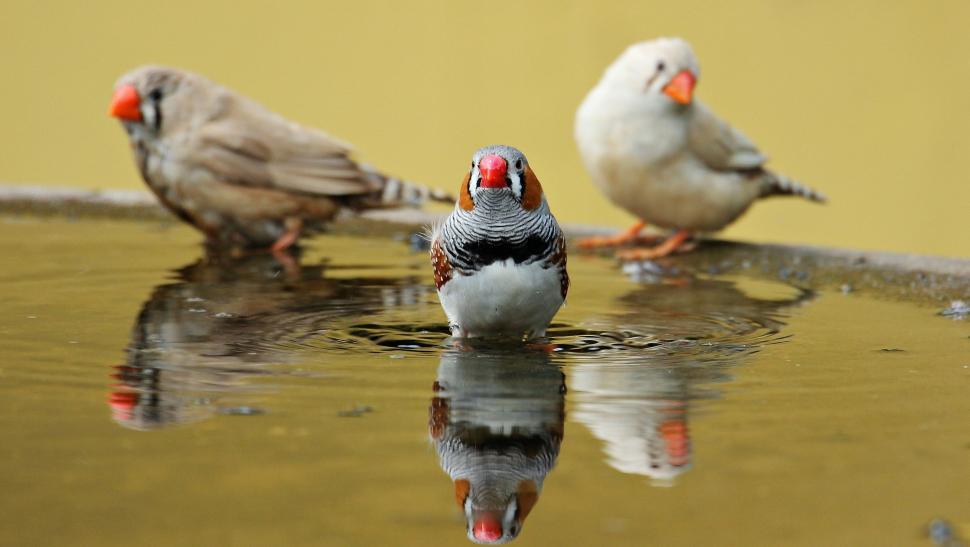
FAQ’s
What is the most common bird in the world?
Due to its widespread distribution across several continents, the House Sparrow is frequently regarded as the most common bird on the planet.
How do birds communicate?
Songs, calls, and body language are all ways that birds can communicate. Every species has its collection of sounds utilized for drawing inmates, a protecting area, and flagging risks.
Can all birds fly?
No, not all birds can fly. Other adaptations enable some animals, like ostriches and penguins, to survive in their environment despite their lack of flight.
Why do some birds migrate?
Movement permits birds to occasionally take advantage of various conditions. They move to places where there is more food and the right conditions for breeding.

